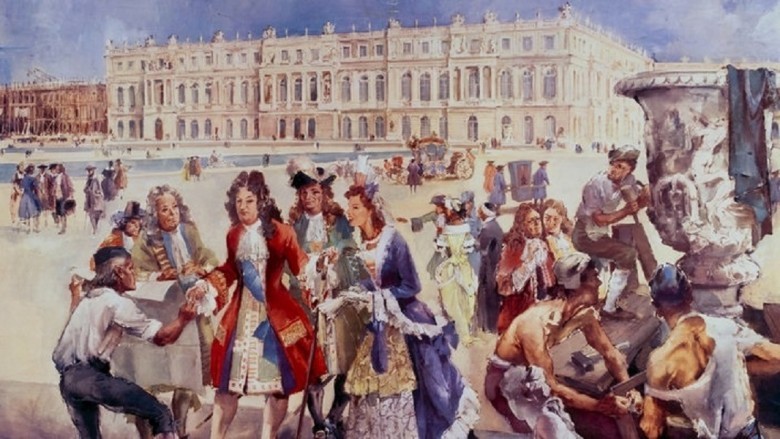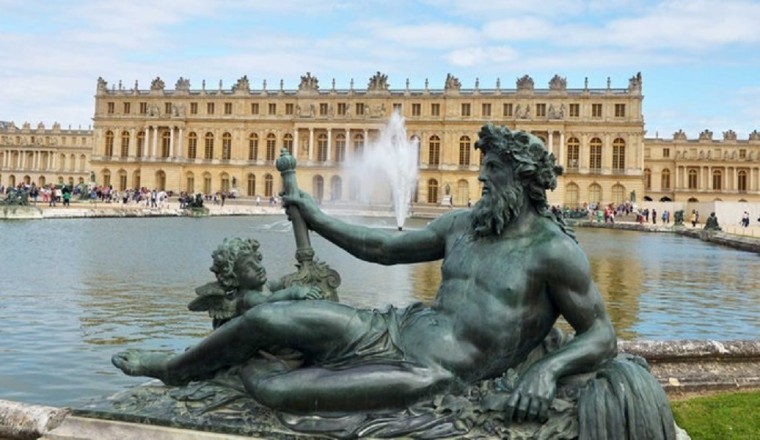The Catholics versus Protestants: A Baroque Era Conflict
During the Baroque era, which began in the early 17th century, Europe was embroiled in a widespread conflict known as the Thirty Years' War. This war was fueled by the ongoing feud between Catholics and Protestants, resulting in extensive devastation across the continent.
The conflict transcended mere religious differences; it became a struggle for power and influence. Princes and rulers aligned themselves with either the Catholic Church or Protestant factions based on their personal interests and beliefs.
Amidst the chaos, a paradigm shift was taking place. The emerging field of natural sciences challenged traditional worldviews, particularly the notion that the Earth was the center of the universe. Renowned astronomers like Nicholas Copernicus, Johannes Kepler, and Isaac Newton dared to propose a radical idea: the sun, not the Earth, held the central position in our celestial system.
This groundbreaking discovery had far-reaching implications. It led to a profound questioning of established power structures, including hierarchical societies with emperors, popes, and peasants. If the sun occupied such a crucial role, individuals couldn't help but wonder about their own significance within the grand scheme of things.

Louis XIV, the King of France, astutely recognized the shifting tides. He swiftly seized the opportunity and dubbed himself the "Sun King." To solidify his symbolic association with the sun, he moved his residence from Paris to Versailles, constructing a palace that defied convention. Rather than being fortified with defensive walls, the palace boasted expansive architecture adorned with countless windows, emphasizing openness and splendor.
Versailles became the epitome of luxury and opulence. It could accommodate thousands of courtiers and guests, with the king exerting direct control over his influential subordinates. Conspiracies were virtually eliminated, replaced by a whirlwind of activity and intrigue.
To keep the nobility occupied, Louis XIV introduced symbolic tasks for them to perform, such as handing out handkerchiefs or assisting with his dressing gown. These positions could be purchased for three-month terms, prompting nobles to vie for proximity to the king. Consequently, demand for real estate near Versailles soared, much like in modern-day cities.
While the nobility basked in their elevated status, the common people suffered immensely. They inhabited modest homes, struggled with illiteracy, and endured limited life expectancy. Their diets consisted of basic fare like stew, bread, and vegetables, in stark contrast to the exotic delicacies enjoyed by the nobles. French forests provided the nobility with game like songbirds and squirrels, while distant fruits like pineapples and kiwis made appearances. Coffee and cocoa, trendy beverages of the time, were savored from the finest porcelain produced by royal factories. Tea from China gained such popularity that it sparked a Chinese fashion wave, influencing furniture styles and incorporating pagodas into garden designs.
The people, however, faced a different reality. Burdened with exorbitant taxes levied to fund the king's wars, they struggled to make ends meet. In some instances, rulers dispatched bands of thieves to villages, inebriating young men in taverns before enlisting them as mercenaries in faraway lands like America. Prussian spies even ferreted out illegal coffee roasters in cities, as luxury goods were heavily taxed and reserved for the nobility. This oppressive economic climate left more than 90 percent of the population mired in poverty and ignorance, with no exposure to the splendor of the Baroque period.
In search of solace and meaning, the majority turned to devout piety and faith, interspersed with superstition. This era also witnessed a dark side marked by widespread witch hunts. Society found itself caught between the turmoil of a religious schism and the profound socioeconomic disparities that characterized the Baroque period.














Comments
0 comment